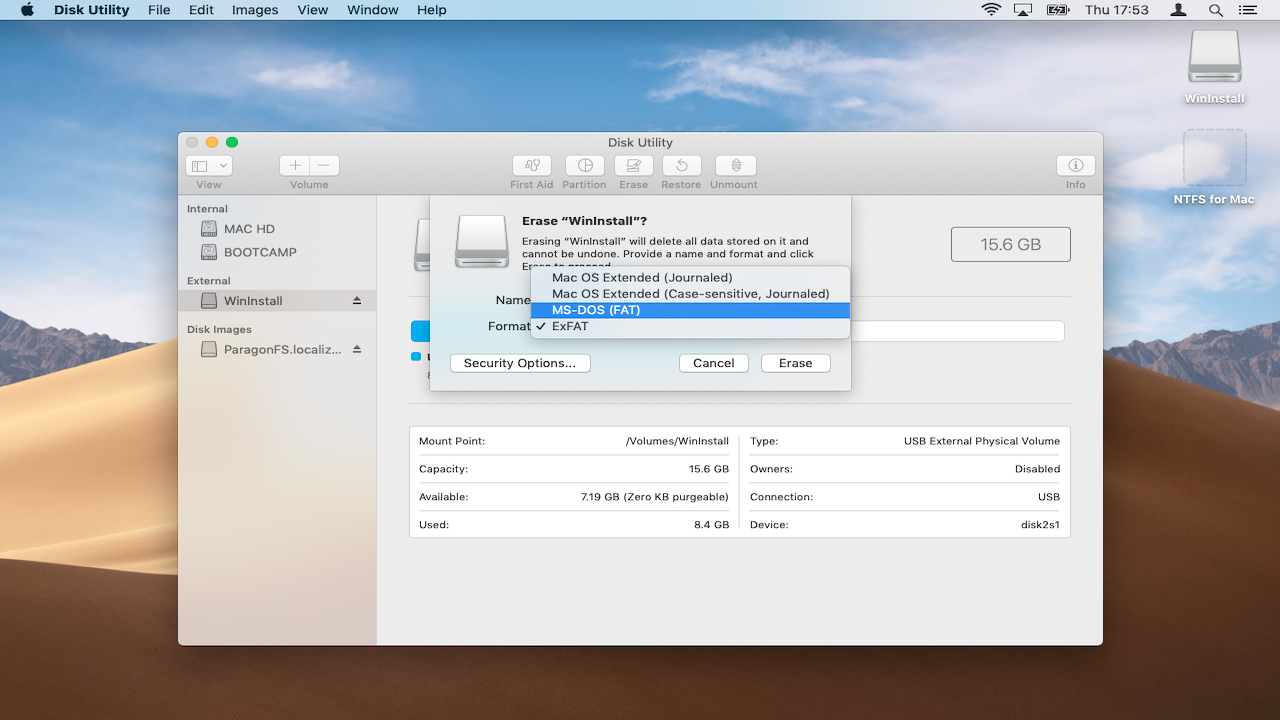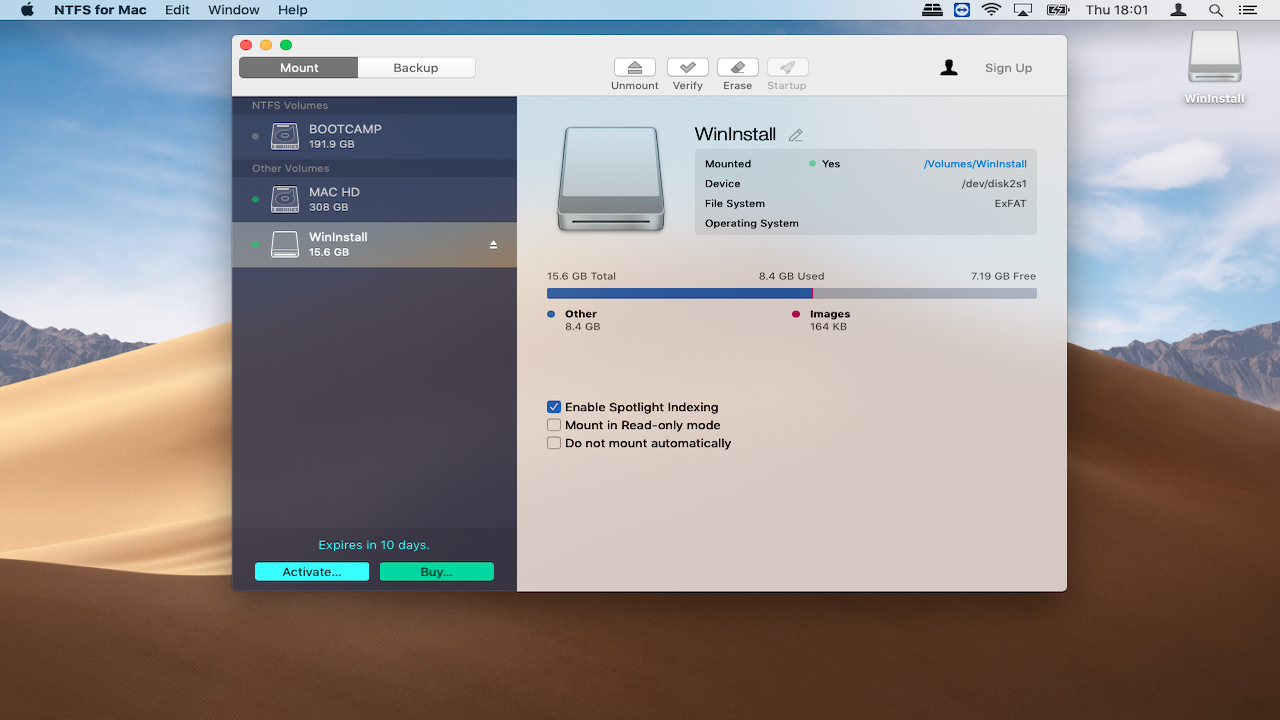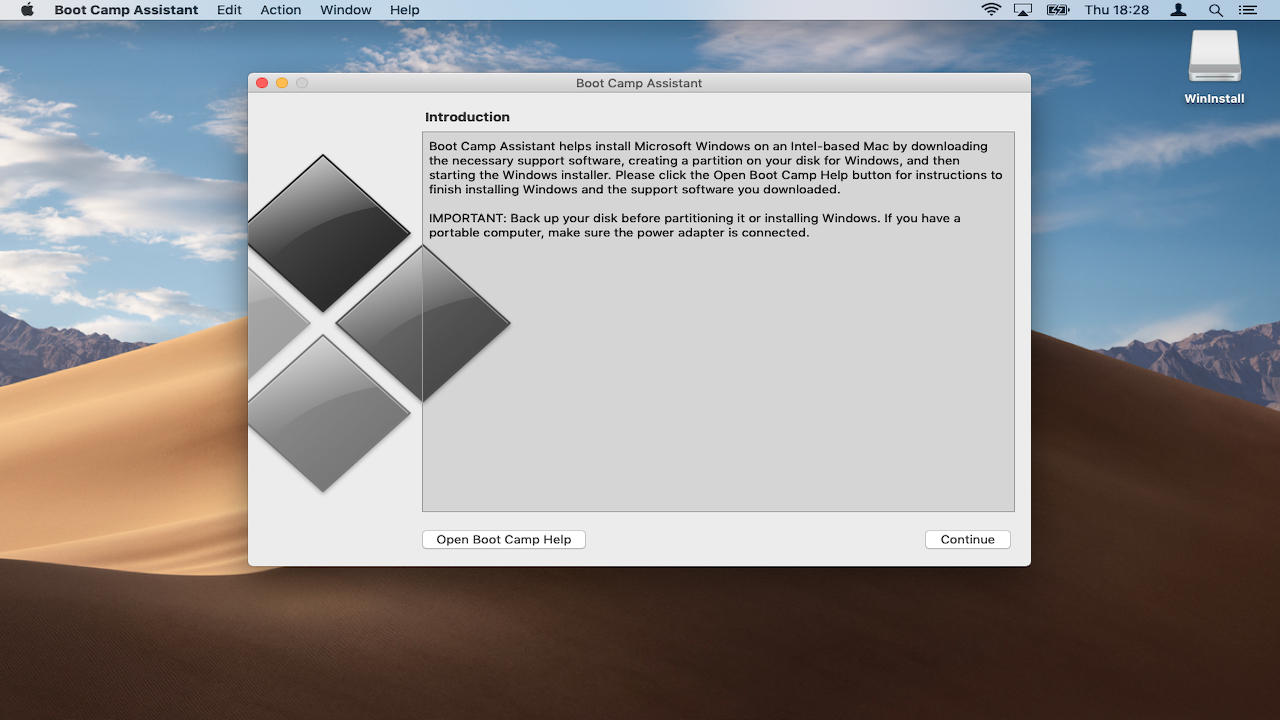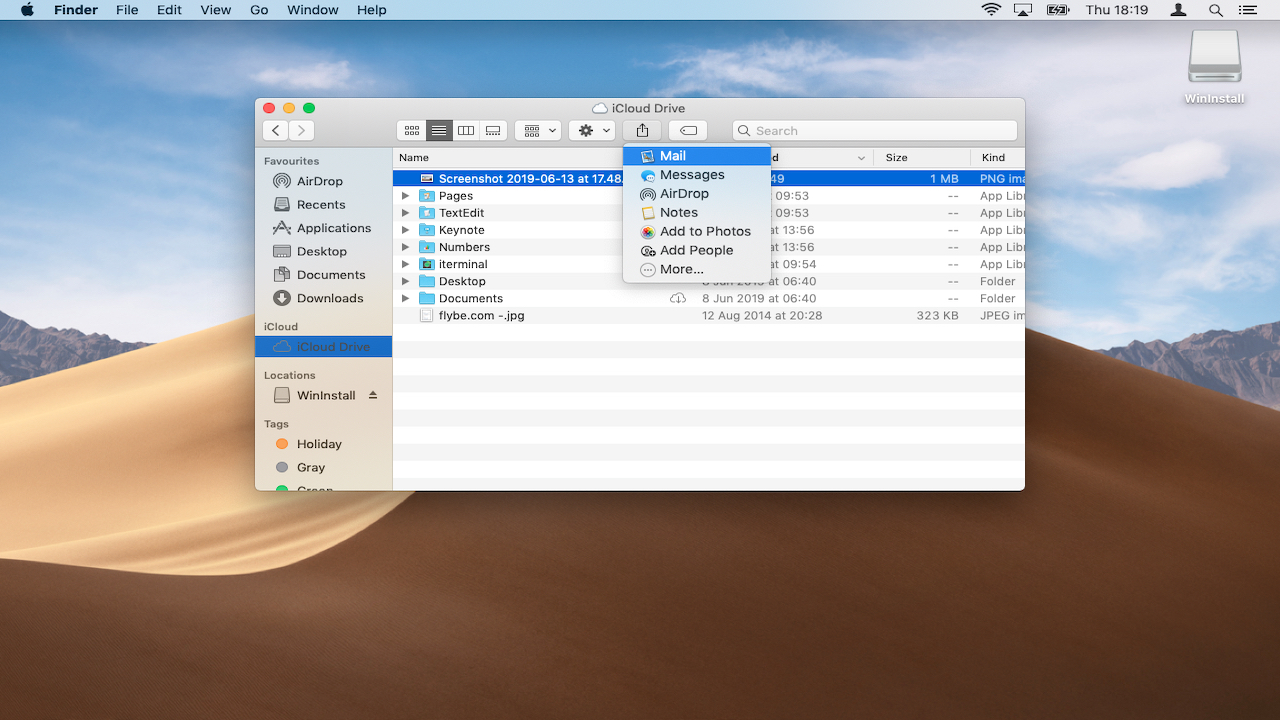Can Mac Read Ntfs External Hard Drive
Want to use NTFS drives on a Mac? In this guide we show yous how to utilize those Windows-formatted drives in macOS.
The Mac versus PC contend isn't going to be settled anytime soon but at that place'south no denying that Windows computers are more than widespread. For this reason, many manufacturers of external hard drives and USB sticks pre-format their devices to NTFS.
This format was created for Microsoft and allows users to quickly plug their drives into Windows machines and work with files. As NTFS is proprietary, Apple would demand a special license to use information technology fully on the Macs they sell.
Instead of doing this, macOS has been designed to read NTFS-formatted drives but not write to them. In other words, as a Mac user yous tin simply open up and view files on Windows drives: y'all tin can't alter them in anyway, nor tin you re-create new files to NTFS format disks.
In this guide, you'll discover several solutions to this dilemma from formatting drives to a more universal file organisation to using 3rd-political party tools.

1. Format to FAT32
If you take an NTFS drive you can use macOS' Deejay Utility to reformat it to FAT32. This is simple to exercise and means the data on your drive/USB stick tin can be read and written on both Macs and PCs.
Be enlightened that the FAT32 format isn't as efficient as NTFS: information technology only supports files sizes of up to 4GB. This may pose a problem if yous're using the drive to shop high-quality videos. More than information on FAT32 versus NTFS is available from Microsoft Support.
To get started, click the Spotlight icon at the pinnacle right of your screen and enter 'Disk' to launch Disk Utility. Insert your NTFS drive or USB stick and click to highlight the disk name in the white box on the left-hand side of the window.
Select the 'Erase' tab. Under 'Format' choose '(MS-DOS FAT)'. Enter a new name for the bulldoze in the field to a higher place if yous wish.
Click 'Erase' to continue. Read the warning carefully before proceeding, as this process volition delete any existing data on the drive. From now on you lot'll be able to move files to your drive and edit them in place from a Mac or PC.

2. Use a third-party app
The fact that macOS doesn't back up Windows NTFS drives out of the box has led to the development of a number of 3rd-party apps, which are licensed to both read and write to Windows disks.
These tin can be especially helpful if yous regularly have to plug your drive into both a Mac and PC both use file sizes larger than that supported by the more universal FAT32 format.
One of the strongest contenders for macOS is Microsoft NTFS for Mac by Paragon, which offers a 10-day gratis trial of its features. Once installed, the app will mountain your Windows drives allowing you lot to change or remove files to your hearts content.
At the time of writing there doesn't seem to be any freeware macOS programs offering NTFS write back up, which may put off users on a budget.

three. Enable NTFS write support in Last
If reformatting your NTFS drive for Mac is not an choice, you can enable write support for specific Windows disks using macOS Terminal. This is an experimental feature and could lead to data loss, and so make sure to do a full backup of both your Mac and any information on the drive earlier continuing.
The main do good of using Concluding in this mode is that it'south quick to do and no tertiary-party software is required. Every bit this feature is still in the testing phase however, your files could become corrupted at anytime, so go on with caution.
To get started, click the Spotlight icon at the elevation right of your screen and enter 'Terminal'. Connect your NTFS drive, so enter the control:
sudo nano /etc/fstab This will open the list of drives recognised past macOS. Use the arrow keys on your keyboard to ringlet to the very terminate and add the following line, replacing 'NAME' with the actual name of your NTFS bulldoze e.g. USB1 (if y'all're unsure what this is, simply open up Deejay Utility):
Characterization=NAME none ntfs rw,auto,nobrowse Press Ctrl+O to save the listing, and then press Ctrl+X to leave NANO. Side by side, connect your Windows bulldoze to the Mac.
Open Finder, then click Go'> Go to Folder, so type '/Volumes/Proper noun' where 'NAME' is the name of your NTFS drive.
Click 'Go' to admission your Windows disk. You should now exist able to edit existing files and copy new ones here.

4. Employ BootCamp
Bootcamp is macOS' own born utility for installing Microsoft Windows on your Mac. The most recent version of macOS (Mojave) supports Windows ten. During the setup process, users shrink the size of their existing macOS installation to brand room for Windows.
This allows you lot to kicking both operating systems on your Mac. Once gear up, Windows 10 volition part on your Mac in just the same fashion equally it would on a regular PC. This includes working with NTFS-formatted drives.
To get started, all you need is an internet connectedness, a valid Windows ten DVD and a USB stick of at least 8GB. Run across our guide on setting upwards BootCamp for more details on how to get started.
Although BootCamp is easy to gear up up and use, you must purchase a Windows x license to go along using the OS later 90 days. You'll as well naturally will take to work with files using Microsoft apps instead of those designed for Mac like iMovie.
If you lot savor using the iWorks app notwithstanding (Pages, Keynotes & Numbers), y'all can work with the online versions of these tools on a PC by accessing iCloud via your browser.
When using BootCamp call back that any files y'all save to the Windows 10 department of the hard deejay itself tin can't be accessed when you reboot into macOS and vice versa.

v. Movement to the Deject
If you but desire to work or collaborate on a few files, why non ditch the drives altogether and place your files in the Deject?
Online services such every bit iCloud Drive offering a generous gratis assart (5GB) and allow you to immediately sync, edit and share files even if they were originally created for Windows and saved to an NTFS disk.
To take advantage of iCloud, simply open your Windows drive in Finder and so re-create and paste whatever files you desire to work with to the location 'iCloud Drive'. If you don't see this is the side pane, open up Organisation Preferences > iCloud to cheque you're signed in and that this service is enabled.
The Mac operating system volition automatically sync the files to Apple's servers. In one case you've opened the files and made any changes you need, y'all can transport a sharing link to others if you wish.
To practise this, right-click on whatsoever file, so hover your mouse over 'Share'. From here you tin choose diverse methods to send your sharing link e.thousand. via 'Mail'.
- The 50 best Mac tips, tricks and timesavers
Source: https://www.techradar.com/how-to/how-to-use-ntfs-drives-on-a-mac
0 Response to "Can Mac Read Ntfs External Hard Drive"
Post a Comment